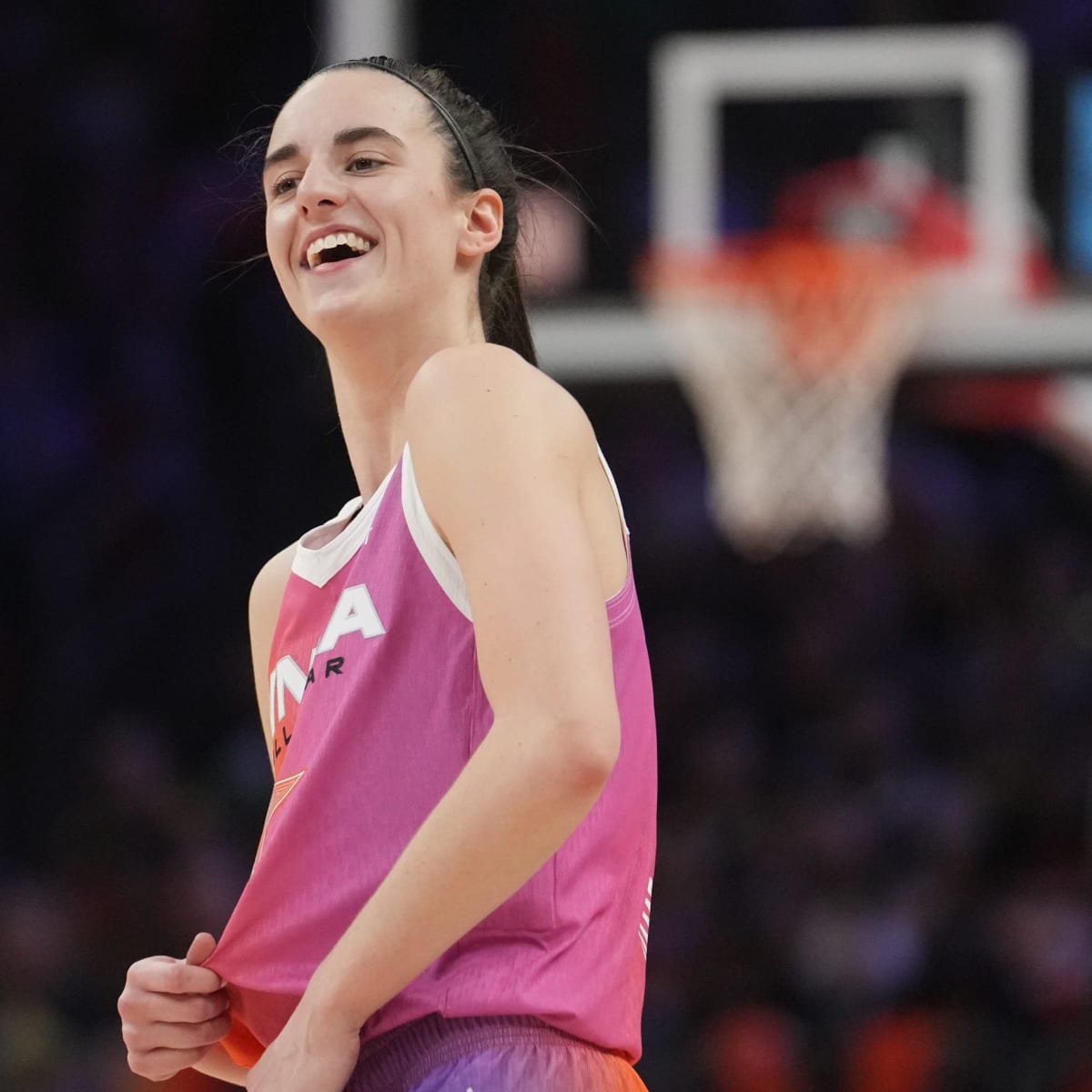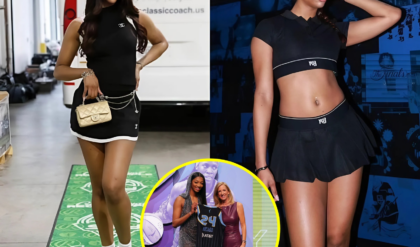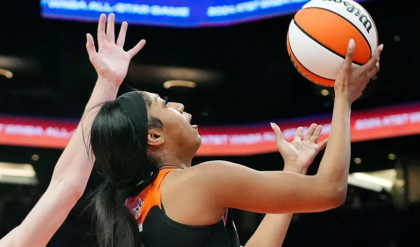Caitlin Clark’s omission from the USA Basketball team has ignited a contentious debate within the women’s basketball community. The decision not to include her in the roster has raised questions about the selection process and its implications for the sport. Clark, known for her exceptional talent and popularity, was seen by many as a potential catalyst for increasing the team’s visibility and fan engagement. Her absence from the roster underscores broader concerns about how talent is evaluated and prioritized in national team selections.

Critics argue that Clark’s exclusion represents a missed opportunity for USA Basketball to capitalize on her star power.
Her dynamic playing style and scoring ability have garnered significant attention, potentially translating into higher ticket sales and media interest. Supporters of Clark believe that her presence could have brought a fresh excitement to the team and bolstered its competitive edge on the international stage.
However, the decision-makers cited concerns over Clark’s playing time and potential backlash as factors in their choice. They emphasized the need to balance immediate visibility with long-term development goals for the team. This dilemma reflects the delicate balance between optimizing team performance and managing external perceptions in sports.

The controversy surrounding Clark’s exclusion has also highlighted deeper issues within women’s basketball, including the intense competition for roster spots and the pressures faced by rising stars.
Clark’s aggressive playing style has occasionally drawn criticism and scrutiny, reflecting the physical demands and competitive nature of the WNBA. Discussions about her disciplinary actions and on-court demeanor underscore the challenges young athletes navigate in professional sports.
Moreover, Clark’s experiences have sparked discussions about envy and rivalry within the sport. Her rapid ascent to stardom has not been without detractors, with some questioning her approach and success. This aspect of the conversation sheds light on broader themes of competition and representation in women’s sports.
Ultimately, Caitlin Clark’s journey continues to provoke debate and reflection on the complexities of talent evaluation, team dynamics, and the intersection of sports and business. Her story serves as a reminder of the diverse factors at play in shaping the future of women’s basketball and the athletes who define its trajectory.





